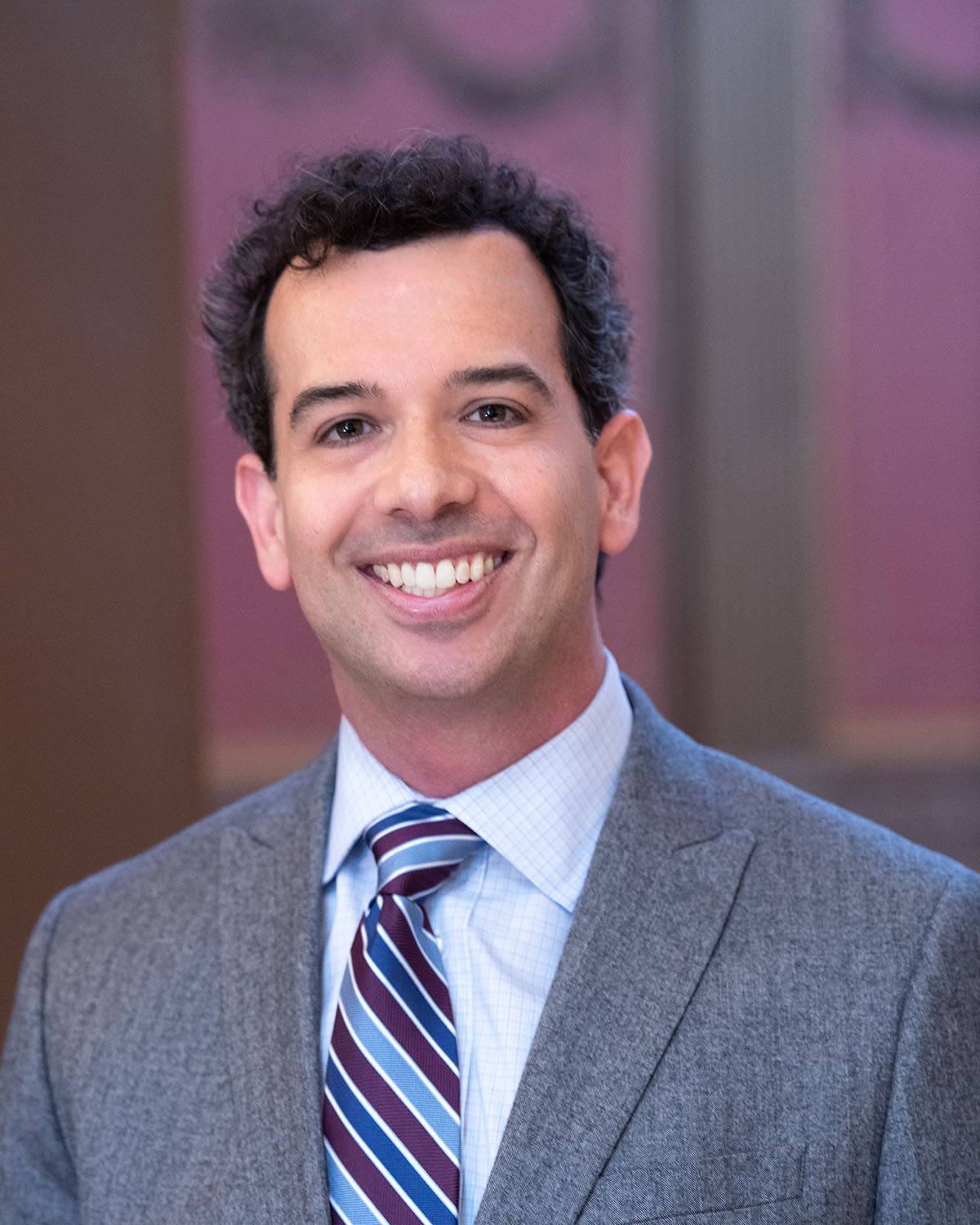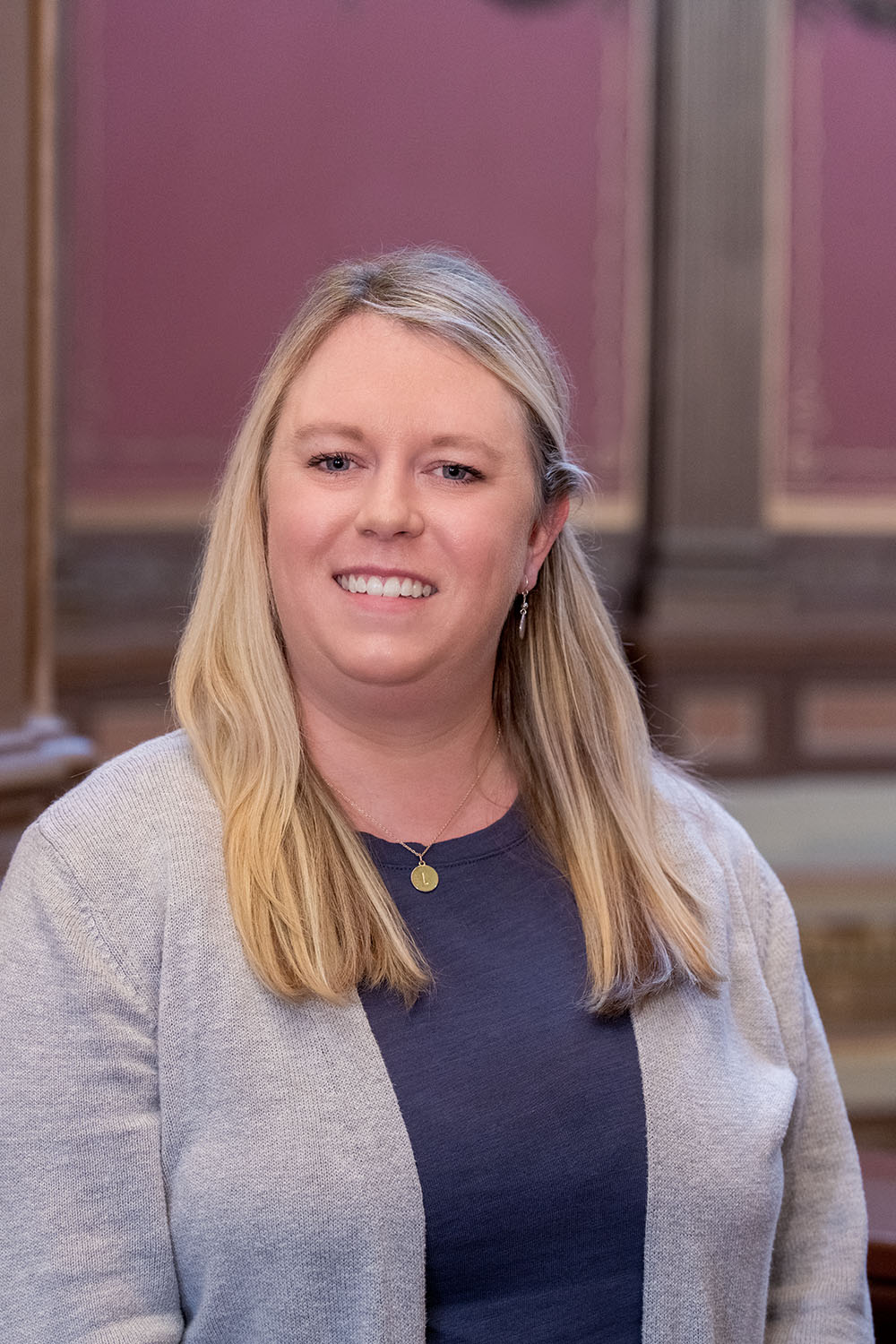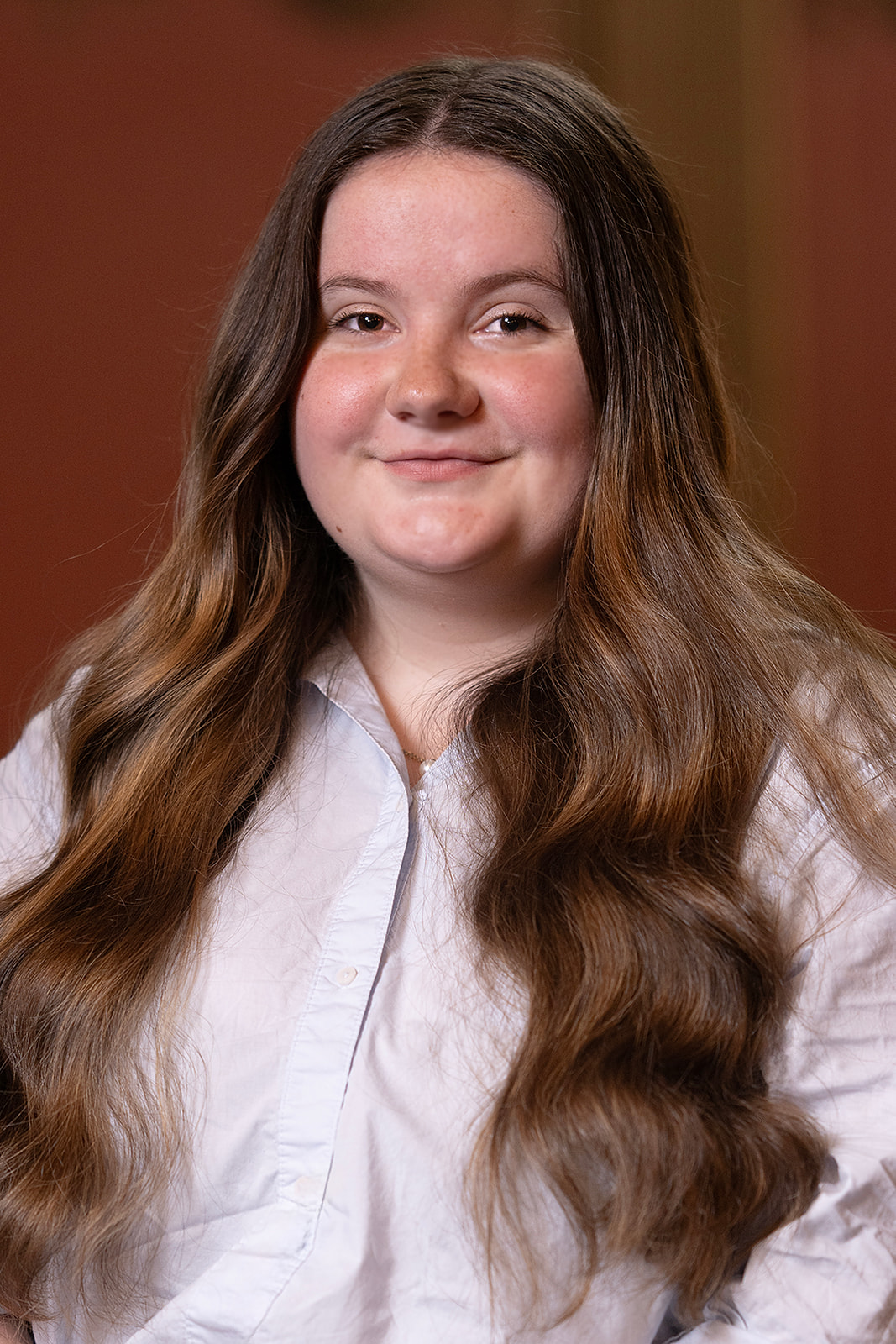

By Alyssa McMurtry
Staff Writer
Posted: November 13, 2023 9:14 AM
KALAMAZOO – The federal redistricting trial moved onto closing arguments after judges heard five days testimony focusing on if race was a predominating factor when the state's redistricting commission drew its maps in 2021.
After the defense rested its case, Judge Raymond Kethledge said testimony from experts Tuesday raised the question of what "cohesive" means when analyzing voter data on race and how cohesiveness can determine if racial polarization occurred in an election. The case of Agee v. Benson has been largely focused on the use of race as a driving factor for the Michigan Independent Citizens Redistricting Commission when drawing the districts in the metro Detroit area.
Lisa Handley, the racially polarized voting expert, finished her testimony Tuesday. Handley said she shared the minority voting report analysis with the commission in November 2021. Her analysis only looked at about 30 general election results during the past 10 years.
Handley's four bellwether races were the 2012 presidential election, the 2014 secretary of state election, the 2018 Democratic gubernatorial primary and the 2020 presidential election. As she said on Monday, the only statewide Democratic primary was the 2018 gubernatorial election and it showed Black voters were not cohesive in their support of a particular candidate.
To include the primaries would not change the results, Handley said, adding that in most elections there was not racial polarization. Instead, Handley said the general elections were more racially polarized than the primaries and the candidate that was preferred by Black voters in the general elections usually won.
Chief Judge Paul Maloney asked Handley if she knew the percentage of the Black voting age population in each district, such as the 35 to 39.9 percent range. Handley said she did not know, but she did know that there were not very many elections analyzed, approximately 30.
The best bellwether election according to Handley was the 2014 secretary of state race, saying she told the commission to look at this vote in particular for an example of racially polarized voting. The Democratic secretary of state candidate, attorney Godfrey Dillard, received the least amount of crossover from white voters than the other bellwether elections. Maloney interjected to confirm that Dillard was running against the incumbent at the time, former Secretary of State Ruth Johnson.
The defense is arguing that partisan fairness played a larger role in the map process than race and Handley said she gave at least three presentations on partisan fairness. The July 9 presentation talked explicitly about "cracking" and "packing" high concentrations of Democratic or Republican voters.
As to the issue of race being a predominant factor in the map drawing process, Handley said Commissioner Rebecca Szetela (I-Canton) did not reach out to here until mid-December despite Szetela testifying on Wednesday that she was concerned in October 2021 about Black voters electing their candidate of choice.
On cross examination from attorney John Bursch, Handley confirmed that in an email dated December 27, 2021, between Szetela and Handley, the latter said the experts and commissioners do not know what would happen in a primary if the Black vote was cohesive.
During direct examination, Handley said there is a barrier for any candidate of choice which could be the primary election. Bursch during cross-examination pointed to the expert report from Handley where she wrote candidates need both the primary and the general elections to win. She also wrote in the report that as the Black voting age population decreases, it may be more challenging for the Black preferred candidate to win either the primary or the general election.
Bursch said looking at Handley's analysis of races in Wayne County, the Black preferred candidate did not always win the primary. In the 13th U.S. House District, Bursch said Brenda Jones, the Black preferred candidate, lost despite the district having a 54 percent Black voting age population. U.S. Rep. Rashida Tlaib (D-Detroit) prevailed, and Bursch said she and Bill Wild received more than 90 percent of the support from white voters. Jones only received 5 percent.
He also asked if she did any analysis of Macomb County elections. Handley said she did not and that there was not enough data from Black voters in the county.
Turning to Handley's selected bellwether elections, Handley said the Black preferred candidate won three of the four elections. Of the 13 general elections Handley said she included for her report to the commission, white voters only blocked three of the 13 Black candidates of choice. Bursch said the three candidates were all incumbents – Johnson, former Governor Rick Snyder and former Attorney General Bill Schuette.
Judge Janet Neff asked if there were two minority candidates in the bellwether elections - Dillard in 2014 and Lt. Governor Garlin Gilchrist, Governor Gretchen Whitmer's running mate, in 2018. Maloney said the lieutenant governor is nominated after the primary at the state convention.
The targets for the Black voting age population set in Oakland and Wayne counties were also touched upon. Handley said she did not tell the commission certain ranges for each district and reiterated that she only shared the data. Bursch said the data concluded that a Black preferred candidate would win every election with a Black voting age population of 35 percent or more and Handley said this was not a target.
Maxwell Palmer completed an expert report for the defense and said he did not find a consistent pattern of polarized voting. He also said he did not think race predominated the map drawing process.
Palmer defined cohesiveness as 50 percent or more of voters of a particular race or ethnicity supporting a candidate. For example, Palmer said if candidate A receives 40 percent of the Black vote, candidate B receives 35 percent and candidate C receives 25 percent of the vote, candidate A is not the Black preferred candidate. The plurality winner is different from the majority winner, Palmer said.
Attorney Patrick Lewis asked if one can aggregate the voters and Palmer disagreed saying the analysts have no knowledge of who Black voters would select as their second choice.
Palmer also said primaries were not the best to determine voter preferences and if there is racial polarization. Voter turnout is lower and there can be multiple candidates fracturing the vote, Palmer said. In the matter of the 2018 gubernatorial Democratic primary, Palmer said he disagreed with plaintiff's expert Sean Trende that U.S. Rep. Shri Thanedar (D-Detroit) was the preference among Black voters, saying Thanedar received 41 percent while Whitmer received 37 percent of the vote.
For his data, Palmer said he would not select a certain individual as the candidate of choice unless it was 95 percent certain. This often meant that the first choice received several tens of percentage points more than the second choice.
Lewis asked if in the five Voting Rights Act challenged Senate districts – 1st, 3rd, 6th and 8th – if there was any racial polarization. Palmer said only one, the 8th Senate District, and that Sen. Mallory McMorrow (D-Royal Oak) had a video go viral online that garnered national attention. Palmer also said in his analysis he found no racial polarization in any of the Voting Rights Act challenged House districts.
Attorney Michael Pattwell during cross examination asked about instances in Palmer's report where a candidate received a 90 percent confidence interval over the second candidate and if the first candidate was the candidate of choice. Palmer said the confidence interval must be 95 percent. He also said by his definition there must be clear candidates of choice for Black and white voters for racial polarization to occur.
Black preferred candidates that received 90 percent or slightly lower of a confidence interval as the first choice still lost to other candidates, but because they did not have 95 percent confidence interval, Palmer said there was no racial polarization in the district.
Kethledge asked if the degree of overlap mattered in his view and Palmer said it requires a subjective point of view of the results.
Palmer did agree it is possible to accept the plurality voter as the candidate of choice, but said the question of who the candidate of choice is difficult.
For the final witness, attorney Mark Braden did the direct examination of Kent Stigall. Stigall was hired by Election Data Services to draw the maps on the software at the direction of the commissioners. Stigall said by November 4th, he and other Election Data Services' analysists ran the partisan fairness metric over every map. They provided what he called building blocks including several factors such as census population to help the commissioners when drawing the maps.
During cross examination from Pattwell, he asked Stigall if racial data was involved. Stigall confirmed there was but said he could not remember if specific metrics showing the Black population were overlayed intentionally as the commissioners drew the maps. Transcripts from the meetings pulled up by Pattwell showed the commissioners asking Stigall to show the "black dots" that represented the Black population.
The defense rested its case. Post-trial briefs are due December 4 before the panel will issue a ruling.




